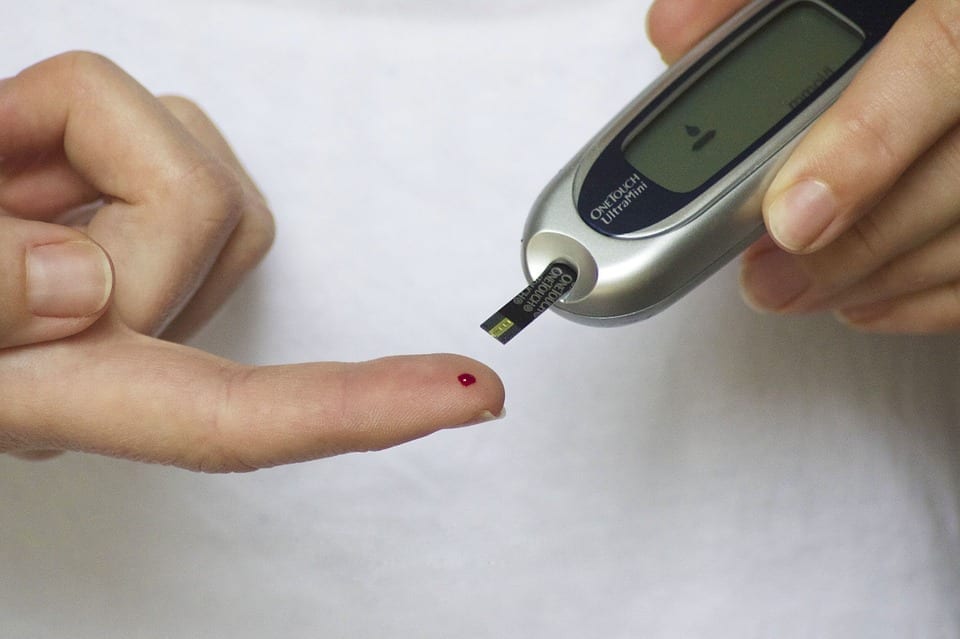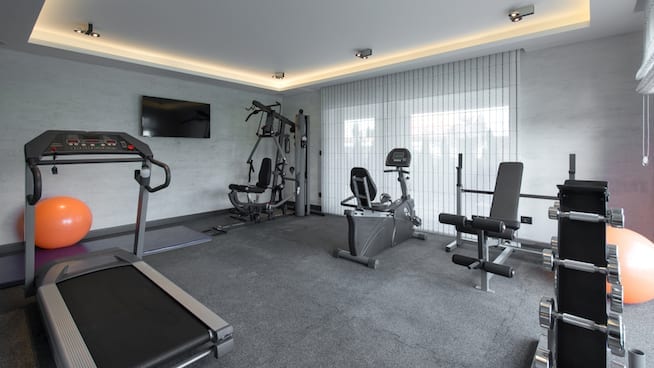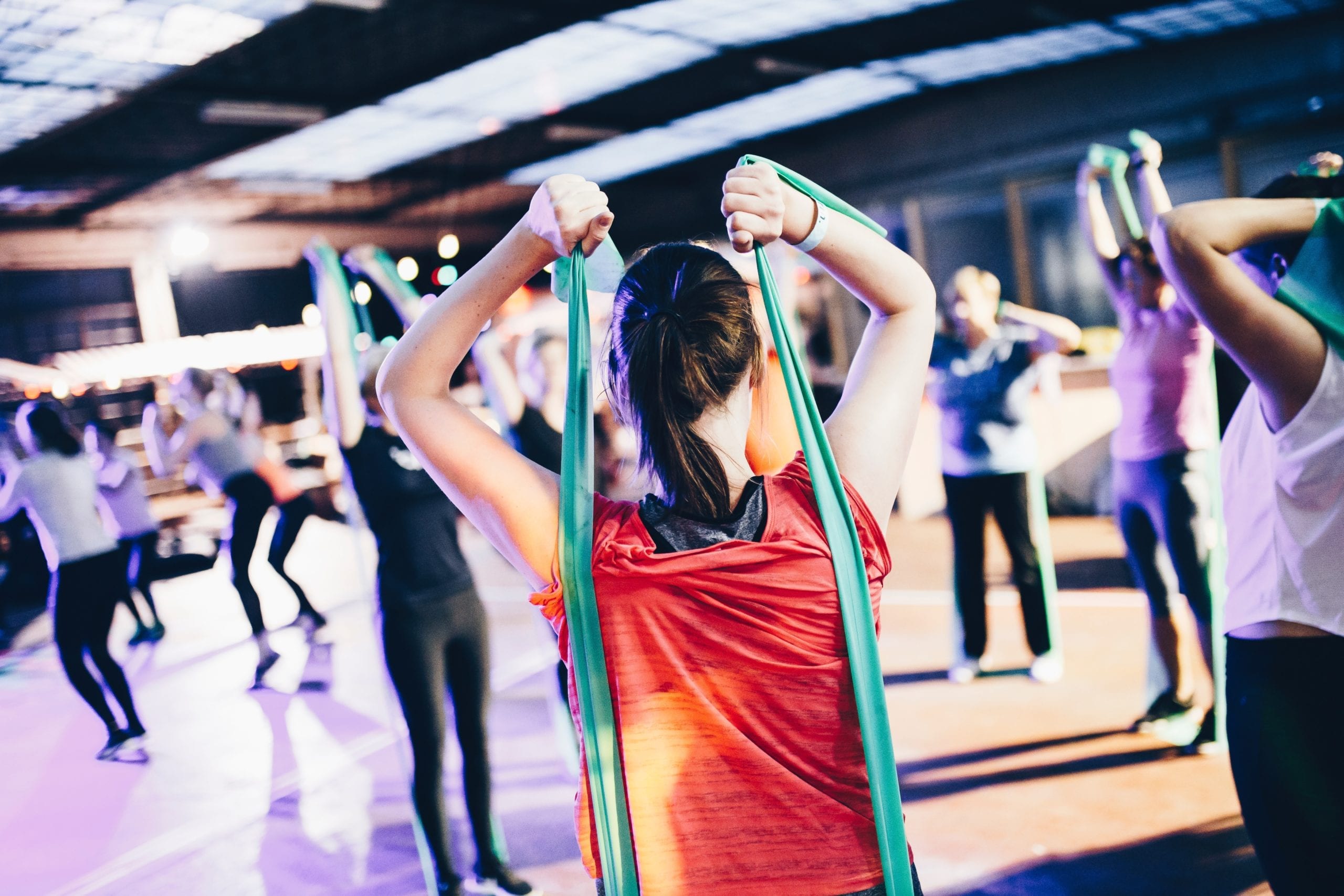Below are some guidelines for people with diabetes to assist them with safe and hassle-free physical activity.
-
Before starting any exercise program you should check with your doctor. Your doctor knows your complete medical history and the exercise recommendations may change depending upon how long you have had diabetes, if you have any complications from diabetes, your present activity level, or if you have a history of heart disease.
-
Check and record your blood sugar levels before, during and after the exercise as often as possible. This will enable you to assess the effects of exercise on your blood sugars. Remember low blood sugar can occur up to 12 hours later.
- If you have a tendency toward hypoglycemia, see your Doctor or diabetes nurse about adjusting your insulin doses before exercise.
- In Type 1 diabetes, if exercise is planned the insulin dose peaking at the time of the exercise can be reduced. If exercise is unplanned, consume additional carbohydrate to replenish glycogen stores. The guideline for extra carbohydrate is a snack or drink of 10 to 15 grams of carbohydrate (125 ml juice or half a sandwich) for every 30 minutes of physical activity outside the usual routine.
-
Carry extra snacks, especially for children. This is important in the case of long activities or if schedules are off track.
-
For people with Type 2 diabetes, additional snacking may counteract the benefit of doing exercise if weight loss is a goal. If on insulin, reducing the insulin dose may be an option.
- Even if you are not thirsty, drink plenty of water before, during and after exercise to prevent dehydration.
- While exercising, always carry a form of fast-acting carbohydrate, wear medical identification and a card in your wallet stating you have diabetes. Stop the activity and treat any feelings of low blood sugar. Resume activity once the symptoms have resolved and the snack has been eaten.
-
Use proper equipment and be sure that your shoes fit properly. Inspect feet for cuts, callouses, blisters before exercising.
-
Often signs and symptoms of hypoglycemia can be masked by feelings of being too cold or too hot. So, try to choose an exercise environment that is comfortable. Be aware that certain medications can mask symptoms of hypoglycemia. Discuss this with your physician and your pharmacist.
-
Have an assessment completed by a fitness expert. You need to know how to properly warm-up, cool-down and stretch afterward to prevent injuries.
-
Stop exercise if you feel faint, experience pain or are unusually short of breath.
-
Choose an exercise you enjoy – you’ll stay with it longer if you have fun.






Be the first to comment on "Exercise Guidelines for People with Diabetes"